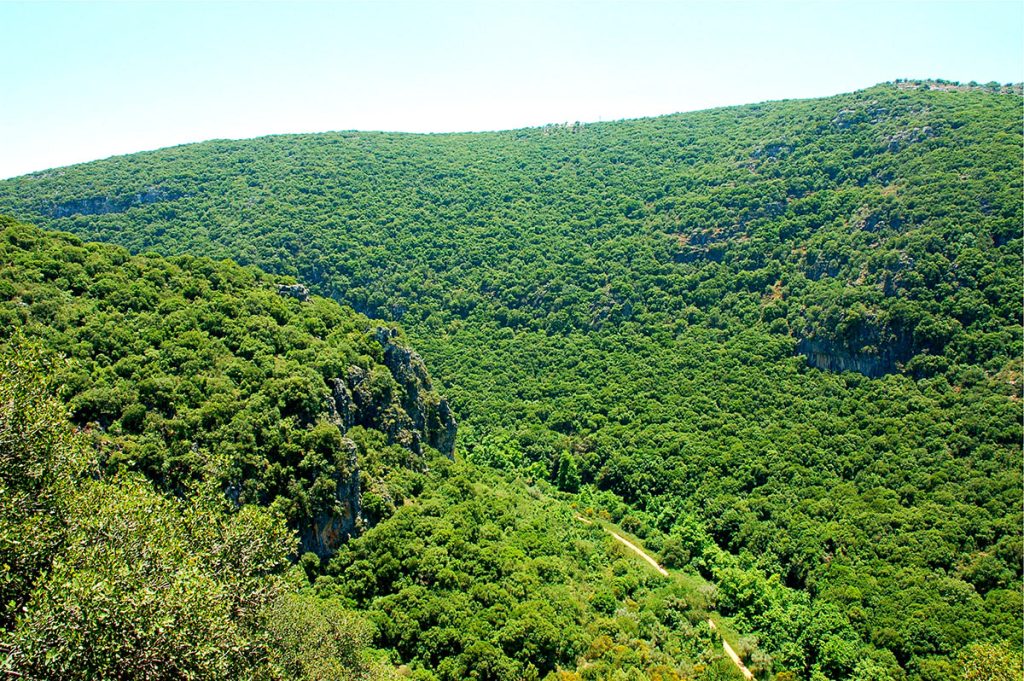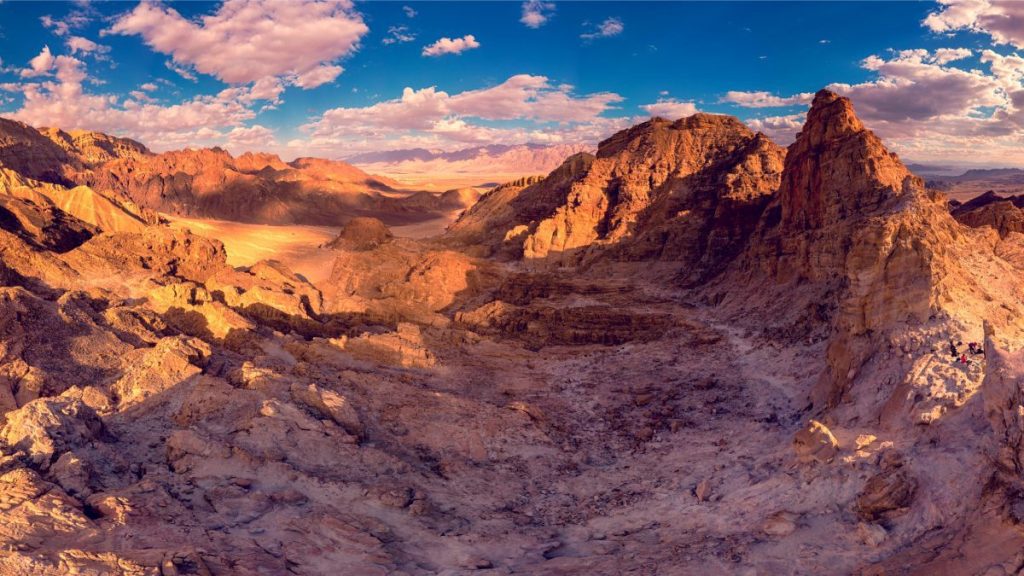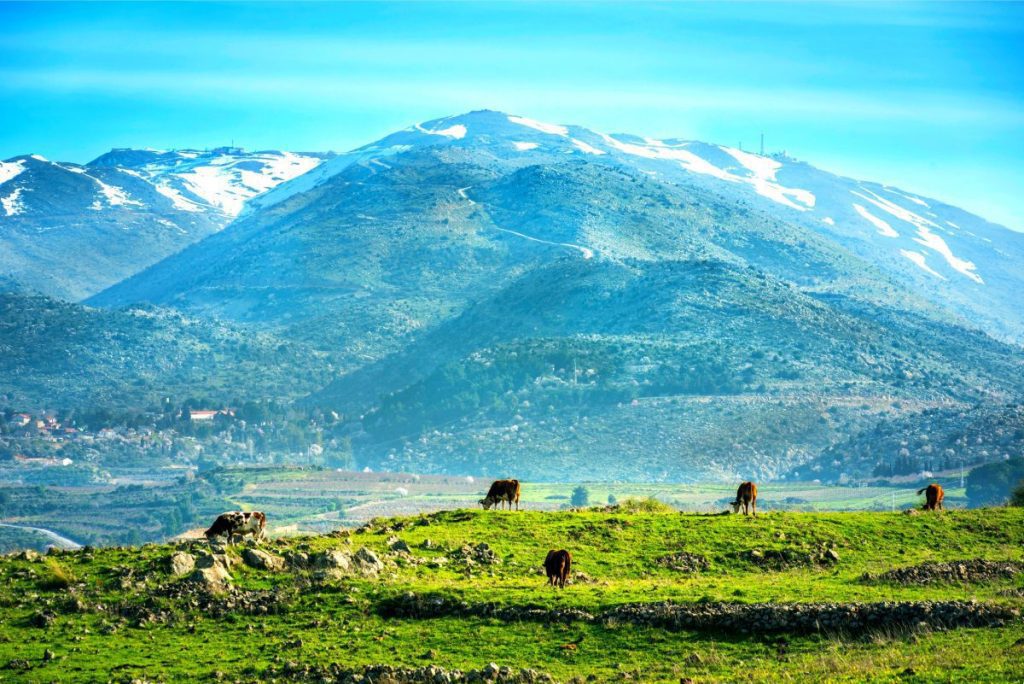Opposite to what many would imagine the climate in Israel is diverse. In fact, it’s divided into three main climatic zones, and although the Land of Israel is relatively small its not just desert and camels like many tourists that come to tour the country might think! Read here to know all about it.
The Climate in Israel: Northern Exsposure
Most of the central and northern part of the Land of Israel is located in the area of the Mediterranean climate. The Mediterranean climate is characterized by hot summers with precipitation, volatile transition seasons and rainy winters (sometimes in the high mountains even snow like in Jerusalem), and cold. In the Mediterranean climates, more than 400 mm of precipitation falls per year. a good example of that is the Upper Galilee Region.
Another climate is the semi-desert climate, as intermediates between desert climates and humid climates in ecological characteristics and agricultural potential. Semi-arid climates tend to support short or scrubby vegetation and are usually dominated by either grasses or shrubs.
The semi-desert climate is a kind of climate that transitions between the Mediterranean climate and the desert climate. It is not possible to define exactly where the boundary between the types of climate passes, because the difference between years in the amount of precipitation in the Semi Desert climate zones is very large. Beer Sheva, for example, is in an area of a Semi Desert climate. In this climatic zone, there are 200 mm and 250 mm of precipitation fall each year.
Israel is located, between 29°-33° North of the equator, characterized as a subtropical region, between the temperate zone and the tropical zone. Israel’s northern and coastal areas have a Mediterranean climate characterized by hot and dry summers and cool, rainy winters. The southern and eastern areas of Israel are characterized by an arid climate.
The Rainy Season October – April
The rainy season extends from October to early May, and rainfall peaks in December through February. Rainfall varies considerably by region from the North to the South. The highest rainfall is observed in the North and center parts of the country and decreases in the southern part of Israel, from the Negev Desert to Eilat, where rainfall is negligible. This is because the Negev Desert is part of the World Desert Strip.
Heavy snowfalls only in the northernmost part of the Golan Heights where the Mount Hermon summit (2,224 m above sea level) generally remains snow-covered from December to March. In other parts of the country, snow is observed rarely.
The city of Eilat, located at the southernmost point of Israel and the northern tip of the Red Sea, has a good climate for beach holidays all year round.




